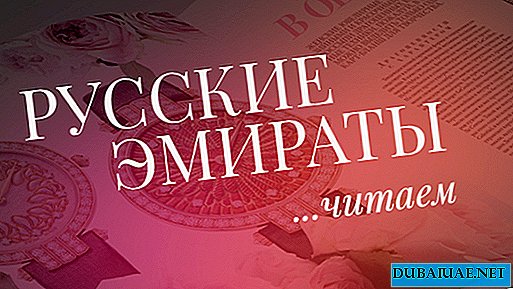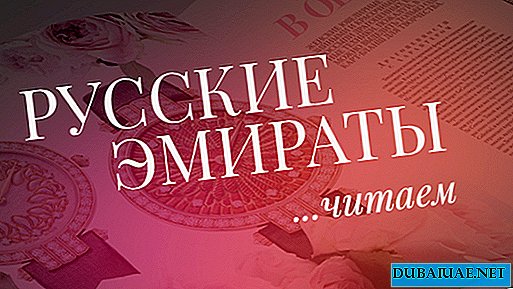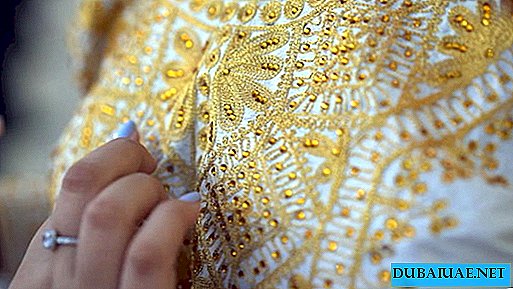From ancient times, the mysteries of the East made adventurers travel along the Silk Road, inspired poets and artists. One of these secrets was women's robes, which combined modesty with versatility.

There is a legend about one of the queens of Persia. To visit the royal palace, she chose the simplest white dress, the chastity of which Xerxes so highly praised. However, do not judge Oriental clothes exclusively as a deaf robe that hides the beauty of the owner. Modesty is not the only feature of the Arabic outfit. Once again, I became convinced of this when I was lucky enough to get to know the costumes of Omani women. Unlike each other, they serve as confirmation of the richness and diversity of the Arabic outfit.

As an Omani dagger is a symbol of masculinity and pride and also a real cultural asset, so an Omani dress is more than just a wardrobe item. Each region of the country has its own outfit. Omani costumes are so diverse, colorful and attractive that the Omani post office produces postage stamps that depict men's and women's clothes from different regions.

The great explorers and merchants of Oman laid many sea routes through the Sultanate, and the locals adopted the best from foreigners, but at the same time remained faithful to their traditions. Oman managed to maintain most of its original culture, including the colorful style of dresses. Modern designers give new life to traditional clothing.

Clothing plays a very important role in Omani culture. For example, a man’s turban allows you to distinguish a peasant from a rich man. Origin even gives a way to wear a hat. The same applies to national women's clothing. Differences in the attire of different communities can be subtle - dress length, shawl color or type of embroidery.

So, the costumes of the A'Sharqviyya region in the east are known as quubba and are made of silk or nylon, often in black, red, purple or blue. In front, the back and sleeves are embroidered with gold and silver silk in geometric and floral patterns.

Women from Batinaha, Musandam and Dhahir wear full-length kandoura, which is embroidered with various patterns. Sleeves are decorated with silver, gold, silk and ziri threads. Muscat dresses are characterized by lines running from shoulder to edge.

In most regions of Oman, women's apparel includes a dress worn on trousers and a headdress - lihaf. In public places, women wear abaya over their clothes.

A simple but elegant Omani costume is most often a jalabia, a long cotton dress up to the toes and reaching to the wrists. Despite its modesty, it always remains bright. Sarval is the lower part of Jalabia. It is adapted to the lifestyle of Omani women, so this element of the wardrobe is more practical than spectacular. Wakaya is another pride of Omani women. A fabric outfit is often embroidered around the edges with flowers. Dresses are worn with a light cotton or silk sheila, which can also be embroidered with pearls, sparkles and sometimes small gold coins for special occasions.

I was impressed that the embroidery of such fabulous dresses could take as long as two months. The result is stunning outfits made of luxurious velvet or cotton, decorated with gold and silver embroidery, beads and sparkles.











